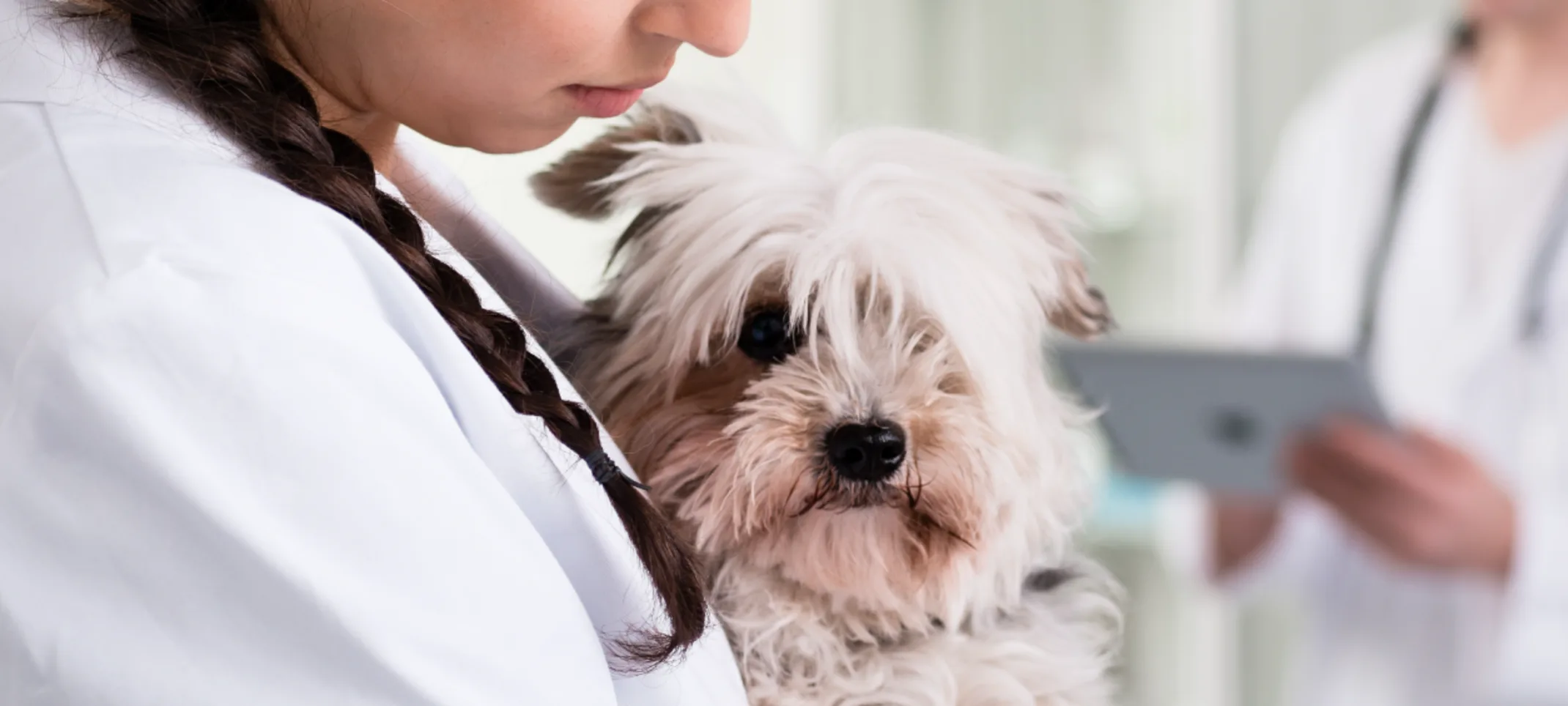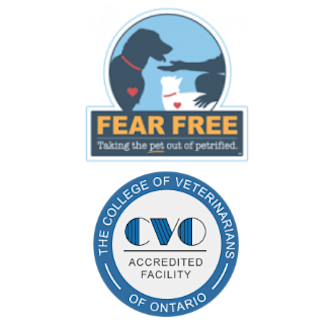Grand River Veterinary Hospital
Anesthesia & Patient Monitoring
During surgery and other medical procedures, our team of veterinarians and veterinary technicians monitors all patients to ensure their safety.

We monitor every procedure, regardless of whether it’s routine or more advanced. The type of anesthesia we use depends on the procedure. Some require general anesthesia, while others may only call for local anesthesia. For more specific information on our protocols, please see the individual descriptions or contact us with any questions.
Tranquilization/Sedation
While many of our patients enjoy seeing us, some pets are concerned about travel and visits to the veterinary clinic. Please talk to us about the many different ways that we can make your pet’s visit to the clinic as fear-free as possible. Many new options are available to help your fur-buddy! If travel, thunder, or fireworks upset your pet, he or she may benefit from tranquilization or sedation. While sedated, the animal will stay awake or sleep lightly but can be roused when stimulated. To minimize any potential risk associated with tranquilization or sedation, we need to assess each animal individually before we dispense these medications. Please contact us if you would like to set up an assessment or discuss sedation with us.
Patient Monitoring
We monitor our patients to keep them as safe as possible during procedures that require general anesthesia. A veterinary technician will continually assess your pet’s heart and respiratory rate, blood pressure, and other vital signs to help prevent any anesthetic risk.
Please feel free to ask us about our patient monitoring protocol or any concerns you might have about your pet’s procedure.
General Anesthesia
For some procedures, your pet will need to be administered general anesthesia so that he or she will be unconscious and not feel pain. Many pet owners worry about their pets being administered general anesthesia. We can assure you that modern anesthesia is generally quite safe; to further lower any risk, we perform a physical examination and run blood work ahead of time to catch any underlying health issues. In addition, we follow a specific anesthetic protocol, including monitoring vital signs during the procedure, to ensure the safety of our patients.
We begin most general anesthetic procedures by administering a sedative to help the pet relax and decrease any anxiety and pain. We then administer an intravenous drug to provide complete anesthesia and place a breathing tube into the patient’s trachea (windpipe). To maintain the state of unconsciousness, we deliver a gas anesthetic in combination with oxygen through the breathing tube.
A technician monitors the pet’s vital signs minute-by-minute, with the help of medical equipment, such as blood pressure monitor, carbon dioxide monitor (capnometry), ECG, temperature, pulse-oximetry, heart-rate, and the all-important “eyes-on” to determine the best level of anesthesia that is right for your pet and that procedure. All our pets have an intravenous catheter placed, in case more injectable anesthetic or other medications are needed; IV fluids are part of our surgical and dental protocols – they provide hydration, helping to maintain blood pressure and protect the organs during anesthesia, and make for a more comfortable recovery.
Please contact us if you have any questions or concerns about your pet receiving general anesthesia or about the procedure for which your pet is scheduled.
Local Anesthesia
If your pet is having a minor surgical or diagnostic procedure performed, we sometimes use a local anesthetic to help control pain. For example, when we perform a biopsy (in which a small portion of tissue is surgically removed so it can be examined), we often use a local anesthetic. Local anesthetics cause a loss of sensation in the area where the procedure is being performed. We sometimes use a sedative and/or anxiolytic (anti-anxiety medication) in combination with the local anesthetic to keep pets calm during a procedure.
Please contact us if you have any questions or concerns about your pet receiving local anesthesia or about the procedure for which your pet is scheduled.
Pain Management and Control
We now know that animals experience pain in much the same way as people. We use our knowledge of pain medication and pain relief strategies to prevent and manage pain in pets, both before and after surgery and in the event of an injury or infection. We can also ease pain caused by chronic diseases, such as arthritis.
Ask us about our pain management options and plans, which we will tailor to your pet’s medical condition and individual needs. We also offer chiropractic services, which can help control pain in some pets.

